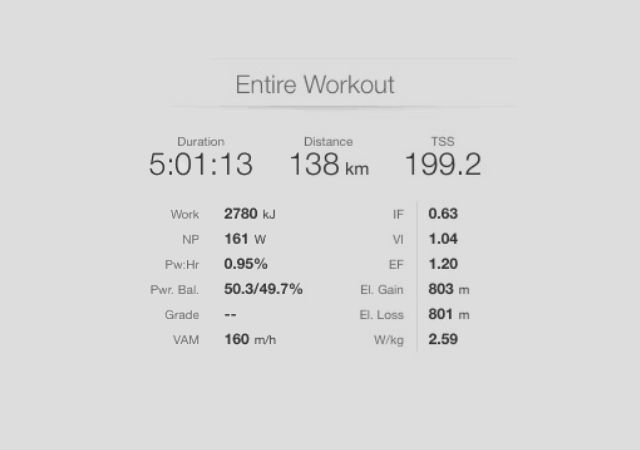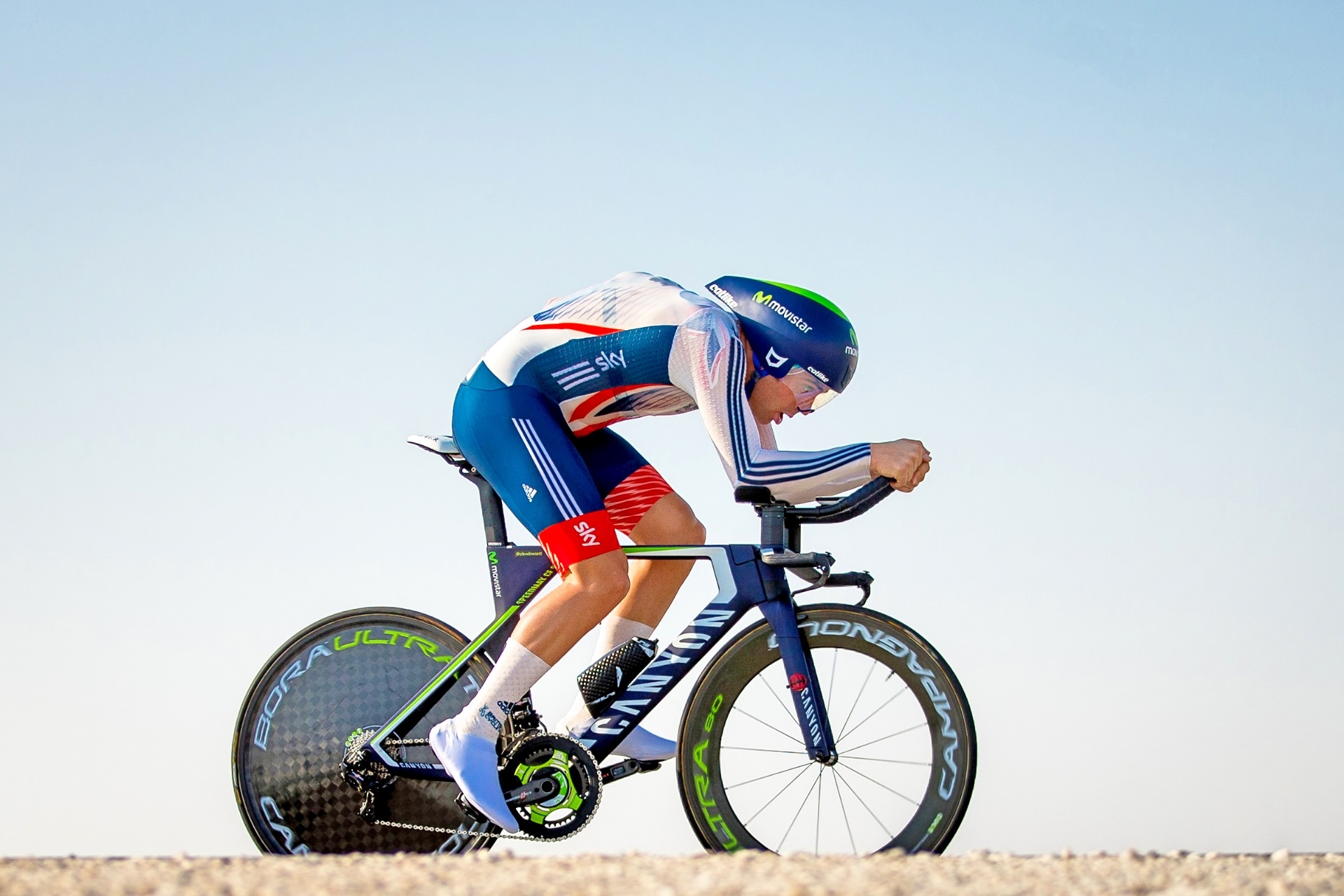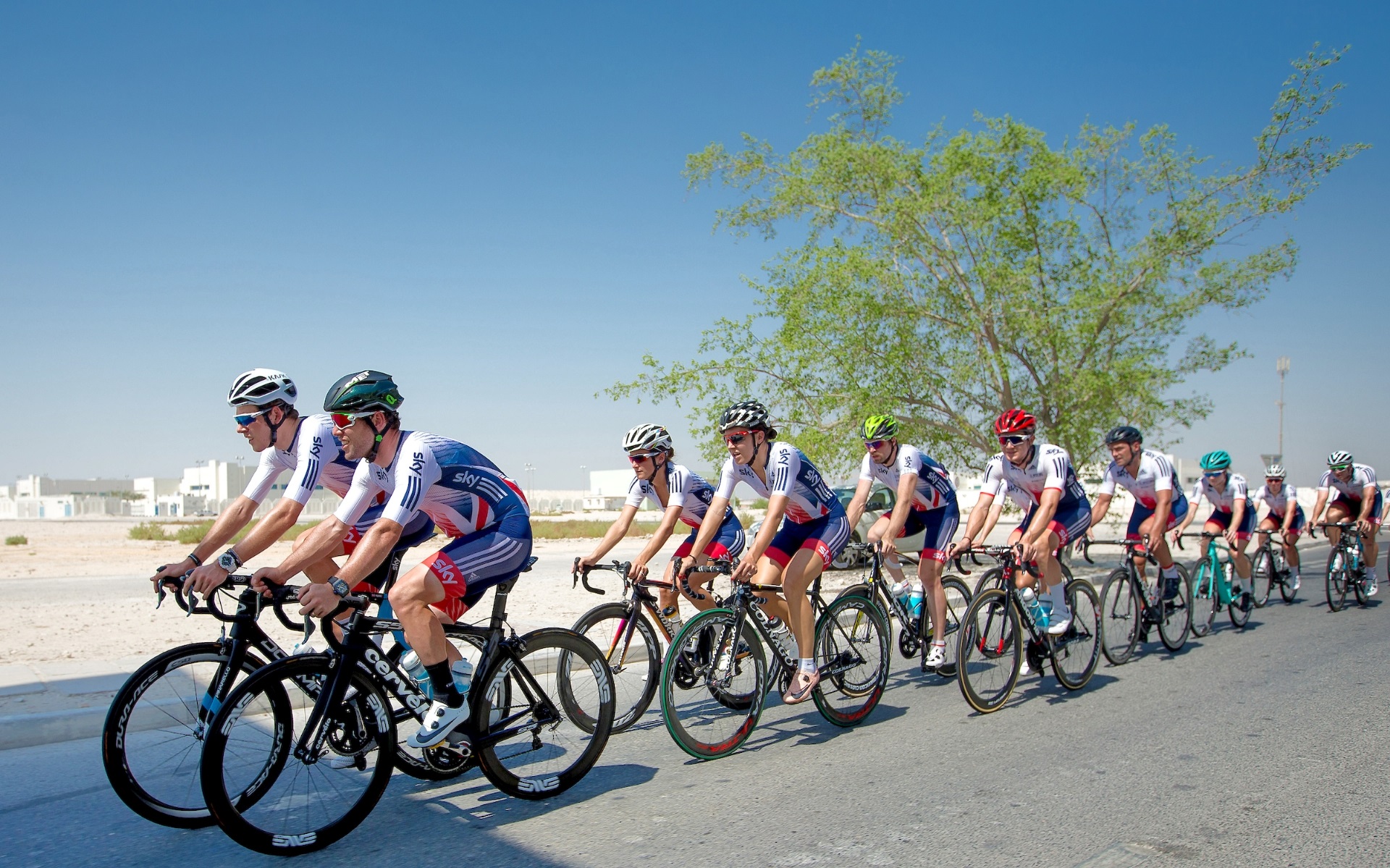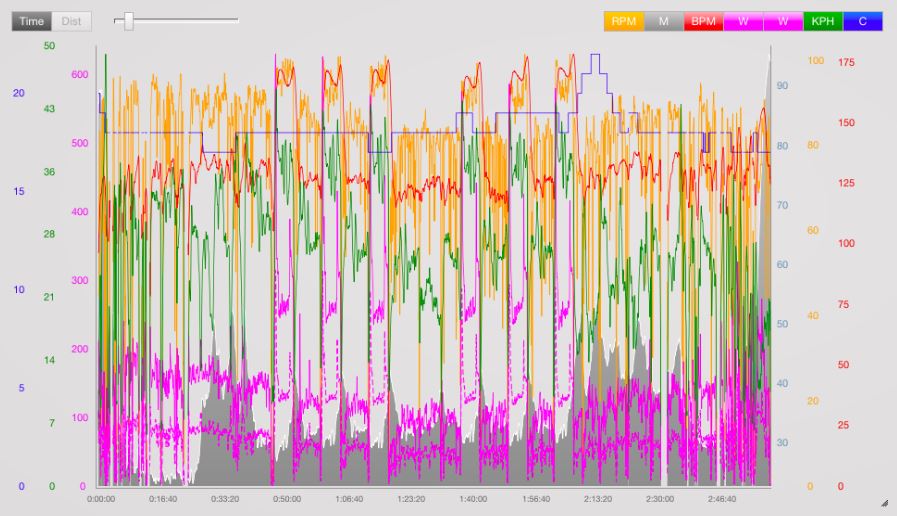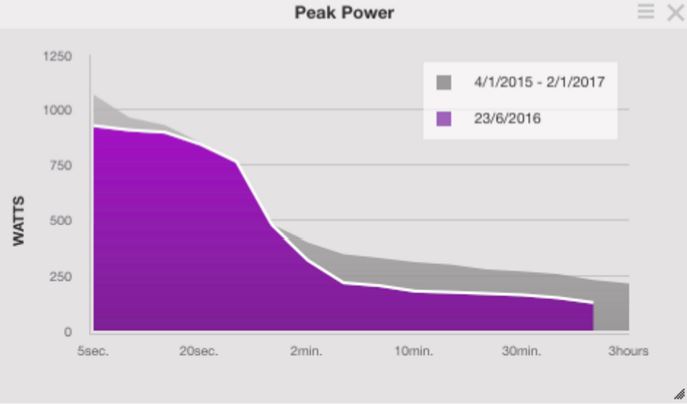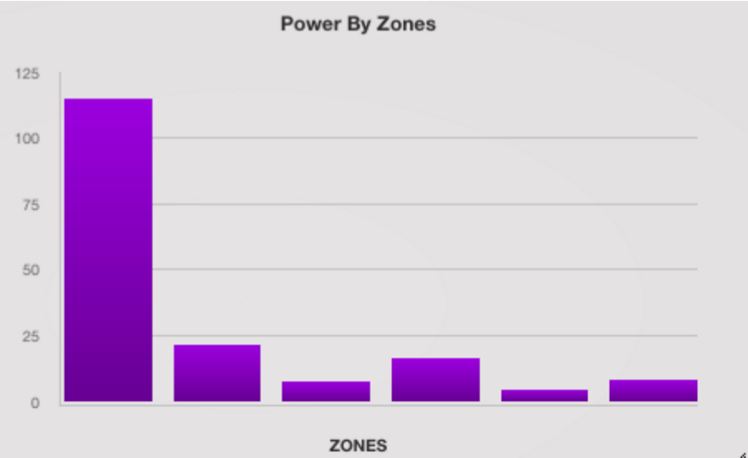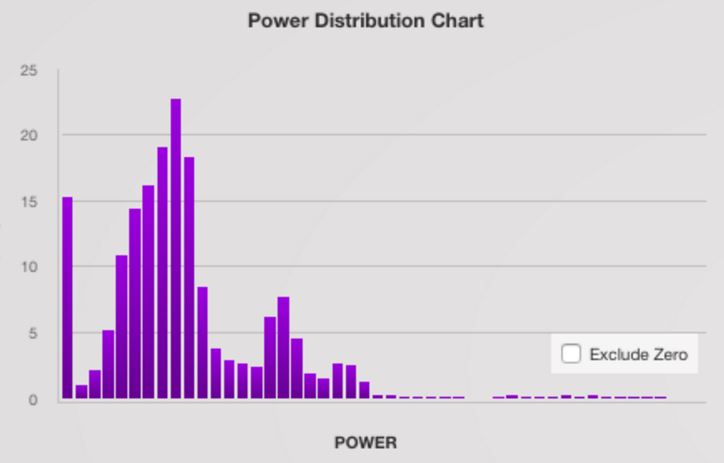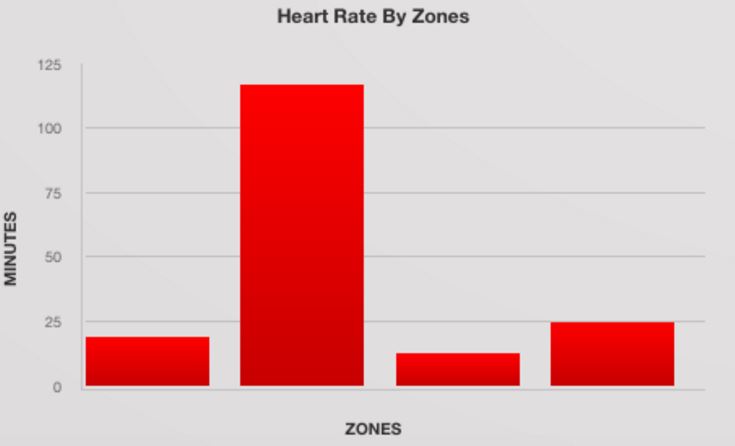While many riders will be tempted by the prospect of using a power meter to advance their training, the key is in understanding the data it produces, in order to make sure you’re getting exactly what you want out of each session on the bike.
Once you have put together a training plan, as I detailed in the previous instalment in this series, and completed a session, you need to be able to analyse the training file to track your improvements or identify any areas that need more work.
However, analysis of a power file can be very complex process – and, not to mention, confusing. With increasingly powerful analysis tools such as WKO4, Golden Cheetah, Training Peaks and Strava, every session can be broken down into minute detail – but don’t let this stop you from understanding the basics and analysing your own training files.


